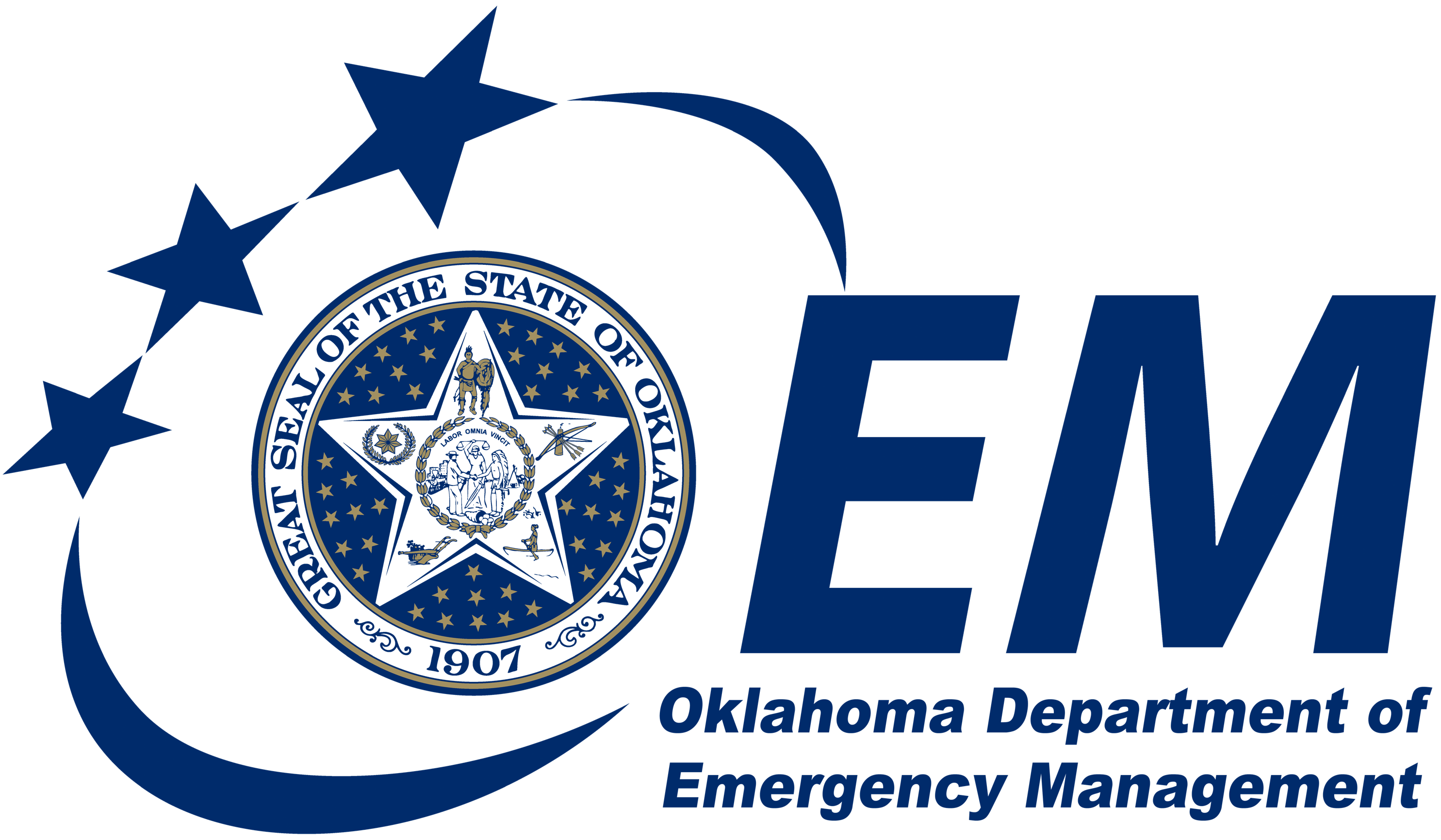OSDH E-NEWS
Oklahoma State Department of Health
1000 NE Tenth St., Oklahoma City, OK 73117-1299
James M. Crutcher, M.D., M.P.H., Commissioner of Health and State Health Officer www.health.ok.gov
For Release: January 20, 2007
Phone: Office of Communications
Oklahomans Urged to Take Steps to Prevent Carbon Monoxide Poisoning
Reports of illness resulting from carbon monoxide poisoning have spurred state officials to urge extreme caution when using alternative fuel and power sources.
"We are extremely concerned about citizens who may seek alternate forms of heat and power and not realize the dangers of carbon monoxide in the home," said State Health Commissioner Dr. Mike Crutcher. "Our message is simple - be aware of this odorless, colorless killer."
Recent weather events and resulting power outages in Oklahoma have prompted many to seek alternative fuel and power sources such as grills, camp stoves or other gasoline, propane, natural gas or charcoal-burning devices.
The Oklahoma State Department of Health cautions that these devices should never be used inside a home, garage, or camper -- or even outside near an open window, vent or door. Combustion fumes created by the use of these alternative fuel or electricity sources can cause carbon monoxide to build up in enclosed or partially enclosed spaces and poison people and animals inside.
"Carbon monoxide can kill you or make you sick within minutes," said Dr. Crutcher. "If you use one of these devices, place outside as far as possible from windows, doors and vents."
Carbon monoxide is an odorless, colorless gas found in combustion fumes produced by small gasoline engines, stoves, generators, lanterns, gas ranges, or by burning charcoal or wood. Exposure to carbon monoxide can cause loss of consciousness and even death. Every year more than 500 Americans die from accidental carbon monoxide poisoning.
"Get out of the house and seek immediate medical help if you or a family member has symptoms of carbon monoxide poisoning," Crutcher said. Symptoms include dizziness, fatigue, nausea, headache, vomiting, chest pain, confusion, and loss of consciousness. People who are sleeping or who have been drinking can die from carbon monoxide poisoning before ever having symptoms.
Crutcher reminded area citizens that every home should have at least one working carbon monoxide detector. The detector's batteries should be checked twice annually, at the same time smoke detector batteries are checked.
For more information on carbon monoxide poisoning, check out this Web site from the Centers for Disease Control and Prevention: www.cdc.gov/co/, or call your local County Health Department.
###


